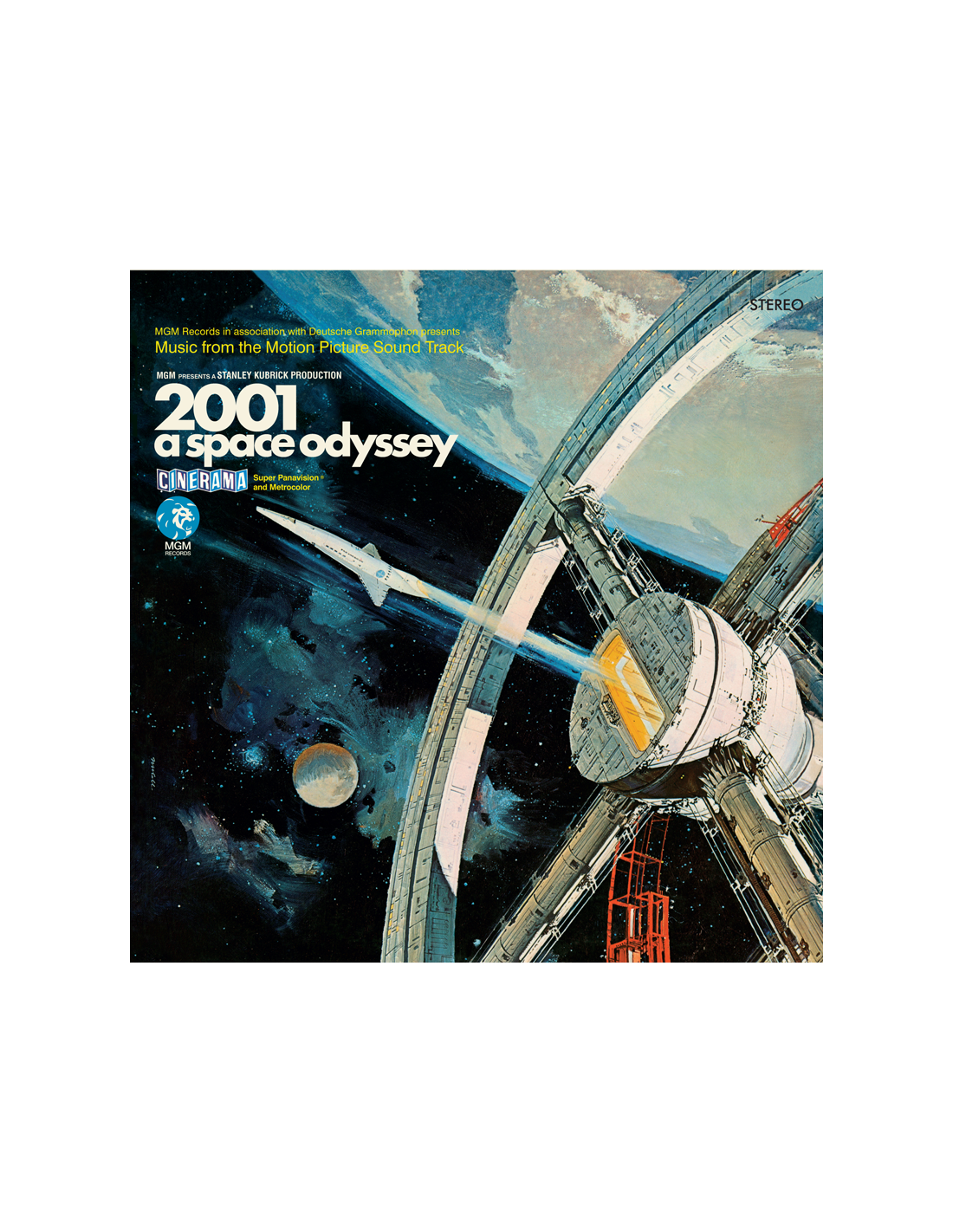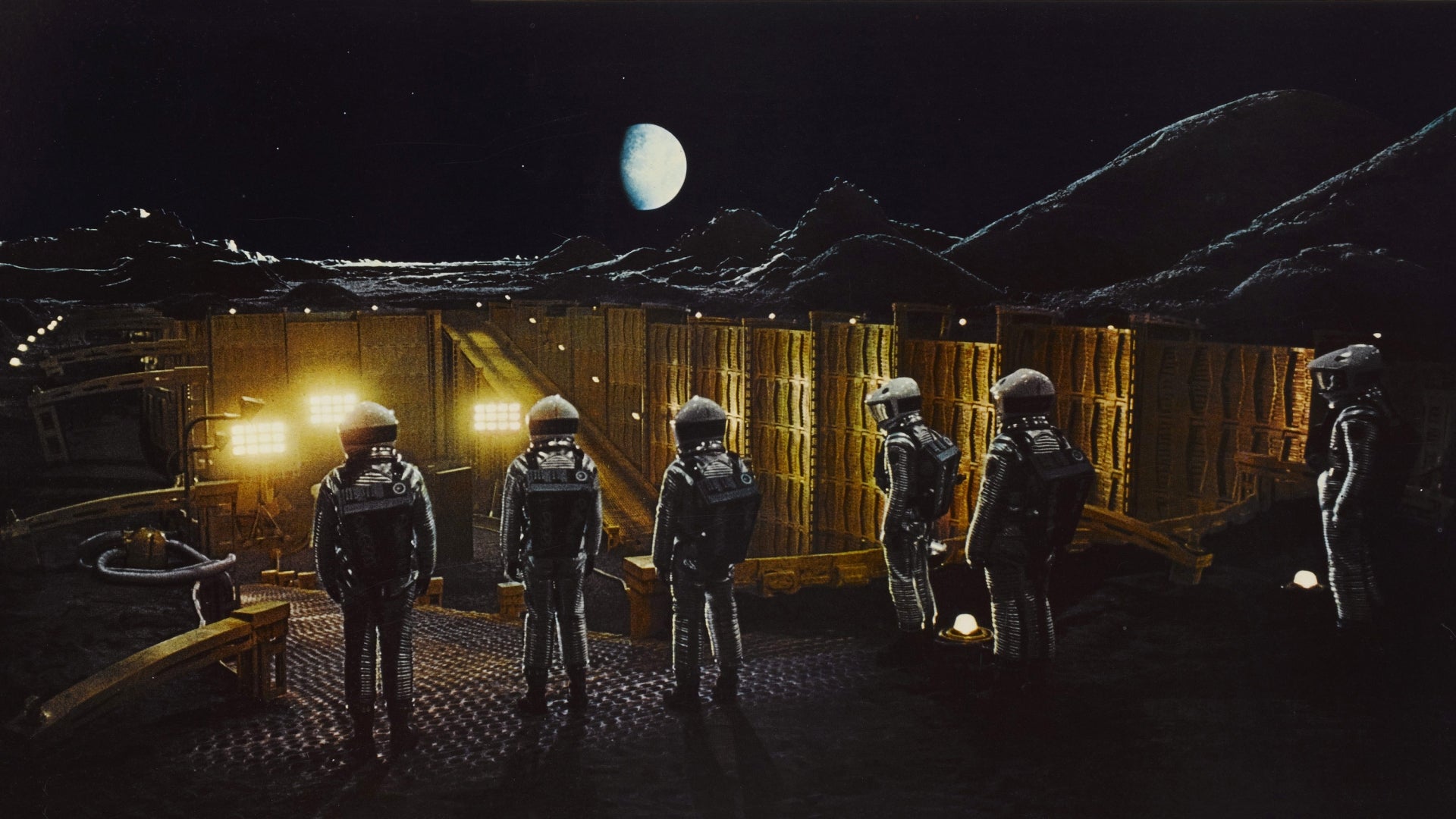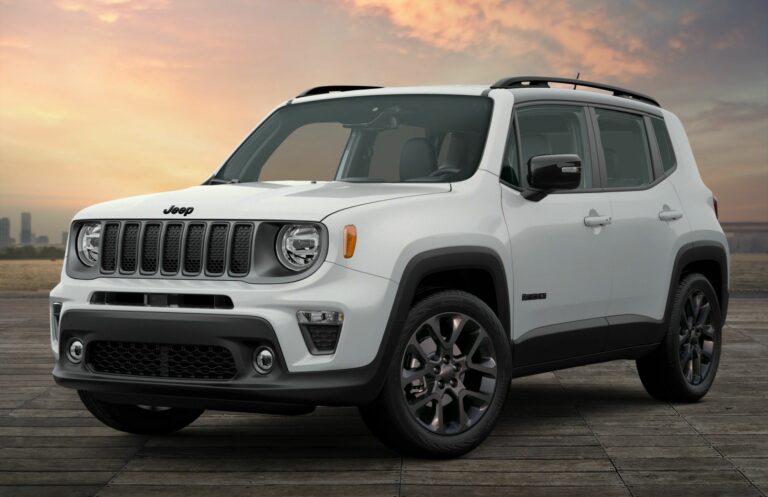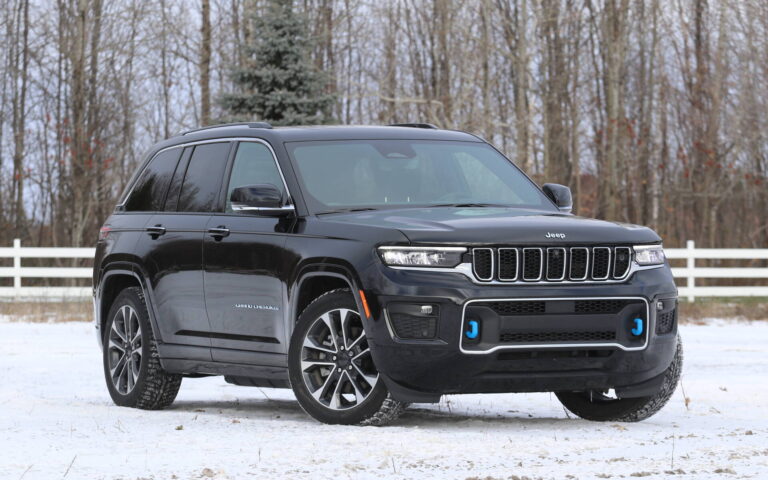The Enduring Appeal of the 2001 Jeep Grand Cherokee Laredo: A Comprehensive Guide
The Enduring Appeal of the 2001 Jeep Grand Cherokee Laredo: A Comprehensive Guide jeeps.truckstrend.com
In the landscape of American SUVs, few names evoke a sense of rugged capability and enduring spirit quite like the Jeep Grand Cherokee. Among its storied generations, the "WJ" (1999-2004) stands out as a sweet spot, blending modern comfort with traditional Jeep robustness. Within this lineage, the 2001 Jeep Grand Cherokee Laredo holds a special place, representing the accessible yet highly capable core of the Grand Cherokee experience. More than two decades after its debut, the 2001 Laredo remains a popular choice on the used market, admired for its blend of on-road civility, off-road prowess, and a relatively straightforward mechanical design that appeals to enthusiasts and budget-conscious buyers alike. This article delves deep into what makes the 2001 Laredo a significant and still relevant vehicle, offering a detailed guide for anyone looking to understand, own, or maintain this classic SUV.
The Enduring Appeal of the 2001 Jeep Grand Cherokee Laredo: A Comprehensive Guide
A Legacy of Capability: Understanding the WJ Generation
The WJ generation of the Grand Cherokee, launched in 1999, represented a significant evolution from its ZJ predecessor. While maintaining Jeep’s iconic seven-slot grille and rugged stance, the WJ introduced a more refined unibody construction, improved suspension geometry, and more sophisticated powertrain options. The 2001 Jeep Grand Cherokee Laredo falls squarely in the middle of this successful run, benefiting from early production refinements while predating some of the more complex electronic systems of later models. It embodied a design philosophy that aimed for a comfortable daily driver capable of tackling challenging terrains without compromise. Its enduring appeal lies in this balanced approach, making it a versatile choice for families, adventurers, and anyone needing a reliable workhorse.
Under the Hood: Engine and Powertrain Options
The heart of any Jeep lies in its powertrain, and the 2001 Grand Cherokee Laredo offered a compelling choice of engines, both known for their reliability and distinct characteristics.
-
The Indomitable 4.0L PowerTech I6: Standard on the Laredo, this inline-six engine is legendary. Producing 195 horsepower and 230 lb-ft of torque, the 4.0L is renowned for its durability, simplicity, and tractor-like torque delivery at low RPMs, making it excellent for off-roading and towing. Paired with a robust 4-speed automatic transmission (42RE), it’s a workhorse that, with proper maintenance, can easily exceed 200,000 or even 300,000 miles. While not a speed demon, its reliability and ease of repair have cemented its status as one of Jeep’s most beloved engines.

-
The Potent 4.7L PowerTech V8: For those seeking more power, the optional 4.7L V8 offered a significant upgrade. With 235 horsepower and 295 lb-ft of torque (later models saw a slight bump to 265 hp in the "High Output" version, though less common in Laredo trims), this engine transformed the Grand Cherokee into a more spirited performer on the highway and provided even greater towing capacity. It was typically mated to a more advanced 5-speed automatic transmission (545RFE). While generally reliable, the 4.7L requires diligent oil changes to prevent sludge buildup and is slightly more complex to maintain than its I6 counterpart.

Drivetrain Options: The 2001 Laredo was available in both two-wheel drive (2WD) and various four-wheel drive (4WD) configurations.
- Quadra-Trac I: A full-time 4WD system with no low range, primarily designed for improved traction on slippery roads.
- Quadra-Trac II: A more advanced full-time 4WD system with a low range, utilizing a progressive hydraulic pump to transfer torque to the axle with the most grip. This system offered significant off-road capability for most users.

The Laredo Trim: Features and Amenities
As the entry-level trim for the Grand Cherokee, the Laredo focused on providing essential features and Jeep’s core capabilities without unnecessary frills. However, it was far from spartan.
Standard Features typically included:
- Cloth seating surfaces (durable and comfortable)
- Power windows, door locks, and side mirrors
- Air conditioning
- AM/FM stereo with cassette player and a multi-CD changer (often trunk-mounted)
- Tilt steering column
- Cruise control
- Roof rack side rails
- 16-inch steel or alloy wheels
Optional Features that could be found on Laredo models:
- Power-adjustable driver’s seat
- Keyless entry
- Fog lights
- Upgraded sound system (Infinity Gold)
- Tow package
- Limited-slip rear differential
- Heated mirrors
- Leather-wrapped steering wheel
The interior of the 2001 Laredo is functional and ergonomic. While the materials are not luxurious by modern standards, they are durable and easy to clean, fitting the vehicle’s rugged persona. Passenger space is adequate for four adults, and the cargo area, accessed via a convenient liftgate with a flip-up glass, offers substantial room for gear, groceries, or luggage.
On-Road Manners and Off-Road Prowess
The 2001 Grand Cherokee Laredo truly shines in its dual personality.
On-Road: Despite its solid front and rear axles (a nod to its off-road heritage), the WJ generation delivered a surprisingly comfortable and composed ride for an SUV of its era. The Quadra-Coil suspension, featuring coil springs at all four corners, soaked up road imperfections effectively. While it exhibits some body roll in corners, typical of an SUV with a higher center of gravity, the steering is reasonably precise, and it handles daily commuting with ease. Braking performance, with available four-wheel disc brakes and ABS, was competitive for its time.
Off-Road: This is where the Jeep lineage truly comes into its own. With ample ground clearance, short overhangs, and the capable Quadra-Trac II 4WD system, the Laredo is ready for adventure. Its solid axles provide excellent articulation over uneven terrain, keeping wheels on the ground for maximum traction. While not as extreme as a Wrangler, a well-maintained Laredo can confidently tackle moderate to challenging trails, making it a favorite for weekend explorers and overlanders who appreciate its blend of capability and comfort.
Common Issues and Maintenance Considerations
Like any vehicle of its age, the 2001 Grand Cherokee Laredo has its quirks and common issues. Awareness and proactive maintenance are key to a long and happy ownership experience.
- Blend Door Actuators: A very common issue, leading to inconsistent or non-existent heat/AC on one side of the cabin. Repair often involves disassembling a significant portion of the dashboard.
- Cooling System (4.0L & 4.7L): The 4.0L is prone to cracked cylinder heads (0331 casting, especially pre-2000, but still possible) if overheated. Both engines can suffer from failing water pumps, radiators, and thermostat housings. Regular coolant flushes and monitoring temperature are crucial.
- Crankshaft Position Sensor (4.0L): A common failure point that can cause stalling or no-start conditions. Relatively inexpensive and easy to replace.
- Transmission Issues: While generally robust, the automatic transmissions can develop issues if fluid changes are neglected. Look for delayed shifts, harsh engagement, or slipping.
- Rust: As with many vehicles from this era, rust can be a significant concern, especially in regions that use road salt. Pay close attention to rocker panels, floorboards, frame rails, and rear shock mounts.
- "Death Wobble": While more common on older solid-axle Jeeps (like the XJ Cherokee or TJ Wrangler), the WJ can experience a violent steering wheel shimmy at highway speeds if suspension and steering components (track bar, tie rod ends, ball joints) are worn. Regular inspection and replacement of worn parts are essential.
- Electrical Gremlins: Minor electrical issues like faulty window switches, instrument cluster glitches, or non-functioning interior lights can occur but are usually manageable.
Maintenance Tips:
- Regular Fluid Changes: Engine oil, transmission fluid, transfer case fluid, and differential fluids are paramount.
- Cooling System Health: Inspect hoses, belts, and the radiator regularly. Replace coolant every 2-3 years.
- Suspension and Steering Inspection: Annually check ball joints, tie rods, control arm bushings, and the track bar for wear.
- Grease Zerk Fittings: Many suspension components have grease fittings; lubricate them regularly.
- Tire Rotation & Alignment: Essential for even tire wear and stable handling.
Buying a Used 2001 Grand Cherokee Laredo Today
Purchasing a 2001 Grand Cherokee Laredo in the current market requires careful consideration, but it can be a highly rewarding experience.
What to Look For:
- Service Records: The most valuable asset. A history of consistent maintenance is a strong indicator of a well-cared-for vehicle.
- Rust Assessment: Get underneath the vehicle. Inspect the frame, rocker panels, shock mounts, and floorboards thoroughly. Surface rust is common; widespread structural rust is a deal-breaker.
- Engine Health: Listen for abnormal noises (knocks, ticks, excessive lifter noise on the 4.7L, exhaust manifold leaks on the 4.0L). Check for fluid leaks.
- Transmission Function: During a test drive, ensure smooth shifts, no harsh engagements, and proper engagement of all gears. Test the 4WD system (if applicable) in a safe area.
- HVAC System: Verify that both hot and cold air blow strongly from all vents. Test all fan speeds.
- Electrical Components: Check all power windows, locks, lights, wipers, and the stereo.
- Suspension and Steering: Look for worn bushings, torn boots on tie rods, and listen for clunks or clangs over bumps. Pay attention to steering feel during the test drive – any looseness or excessive play could indicate worn components.
- Tires: Ensure they are in good condition and are all the same size and type.
Valuation and Budget: Prices for 2001 Laredos vary wildly based on condition, mileage, engine, and location. Be prepared for potential repairs, even on well-maintained examples. Factor in a budget for common fixes like the blend doors or suspension components. The lower purchase price allows for investment in these areas, often resulting in a highly capable and reliable vehicle for far less than a modern equivalent.
Concluding Summary
The 2001 Jeep Grand Cherokee Laredo represents a golden era for the mid-size SUV, offering an unparalleled blend of off-road capability, on-road comfort, and rugged charm. Its straightforward mechanical design, particularly with the legendary 4.0L I6 engine, makes it a durable and relatively easy-to-maintain vehicle, appealing to those who appreciate mechanical simplicity and DIY potential. While it may not boast the cutting-edge technology or fuel efficiency of modern SUVs, its enduring appeal lies in its authentic Jeep spirit and its ability to confidently take you from the daily commute to the unbeaten path. For the discerning buyer seeking a capable, affordable, and characterful SUV, the 2001 Grand Cherokee Laredo remains a compelling and worthwhile choice. It’s more than just a vehicle; it’s a testament to Jeep’s enduring legacy of adventure.
2001 Jeep Grand Cherokee Laredo – Price Table
Please note: Original MSRP values are approximate and can vary based on specific optional packages and regional pricing. Current Used Market Value ranges are highly variable and depend significantly on vehicle condition (mechanical and cosmetic), mileage, location, and demand. These figures are estimates as of late 2023/early 2024.
| Feature / Category | Original MSRP (New in 2001) | Current Used Market Value (USD) | Notes |
|---|---|---|---|
| Laredo 2WD (4.0L I6) | $24,500 – $26,000 | $2,000 – $6,000 | Lower end for fair/poor condition, higher for excellent/low mileage. |
| Laredo 4WD (4.0L I6) | $26,000 – $27,500 | $2,500 – $7,000 | Most common Laredo configuration. Excellent condition can fetch more. |
| Laredo 2WD (4.7L V8) | $25,500 – $27,000 | $2,200 – $6,500 | Less common in 2WD, but offers more power. |
| Laredo 4WD (4.7L V8) | $27,000 – $28,500 | $3,000 – $8,000 | Premium for the V8 and 4WD. Sought after by enthusiasts. |
| Average Condition | N/A | $3,500 – $5,500 | Typical private sale range for a well-maintained, average mileage example. |
| Collector/Exceptional | N/A | $7,000 – $12,000+ | Rare, low-mileage, meticulously maintained examples can command higher prices. |
Frequently Asked Questions (FAQ) about the 2001 Jeep Grand Cherokee Laredo
Q1: Is the 2001 Grand Cherokee Laredo reliable?
A1: Yes, especially with the 4.0L inline-six engine, which is legendary for its durability. Like any vehicle of its age, it will require maintenance, but its robust design and relatively simple mechanics make it generally reliable and repairable. The 4.7L V8 is also reliable but requires more diligent oil changes.
Q2: What’s the best engine for the 2001 Laredo?
A2: For sheer reliability, ease of maintenance, and off-road torque, the 4.0L I6 is often considered the "best." If you prioritize highway passing power, towing, and don’t mind slightly higher fuel consumption and more complex maintenance, the 4.7L V8 is a strong performer.
Q3: What kind of fuel economy can I expect?
A3: Fuel economy is not a strong suit of the 2001 Grand Cherokee.
- 4.0L I6: Expect around 14-16 MPG city and 18-20 MPG highway.
- 4.7L V8: Expect around 13-15 MPG city and 17-19 MPG highway.
These figures can vary based on driving style, maintenance, and drivetrain (2WD vs. 4WD).
Q4: Is it good for off-roading?
A4: Absolutely! The 2001 Grand Cherokee Laredo, especially with the Quadra-Trac II 4WD system, is highly capable off-road. Its solid axles, good ground clearance, and robust construction make it suitable for moderate to challenging trails.
Q5: What are the most common problems to look out for?
A5: Common issues include blend door actuator failures (HVAC), cooling system problems (radiator, water pump), crankshaft position sensor failures (4.0L), and rust (especially in salt belt areas). Suspension components (like the track bar) can also wear, leading to steering issues.
Q6: Is it expensive to maintain a 2001 Grand Cherokee Laredo?
A6: Generally, no. Parts are widely available and relatively inexpensive, and many repairs can be done by a competent DIY mechanic due to the vehicle’s simpler design compared to modern SUVs. However, neglected vehicles can quickly become money pits. Proactive maintenance is key.
Q7: What’s the difference between the Laredo and Limited trims?
A7: The Laredo is the entry-level trim, focusing on essential features and capability. The Limited trim offers more luxury and convenience features, such as leather seats, automatic climate control, a premium sound system, heated seats, chrome exterior accents, and often the more powerful 4.7L V8 engine as standard.







